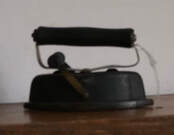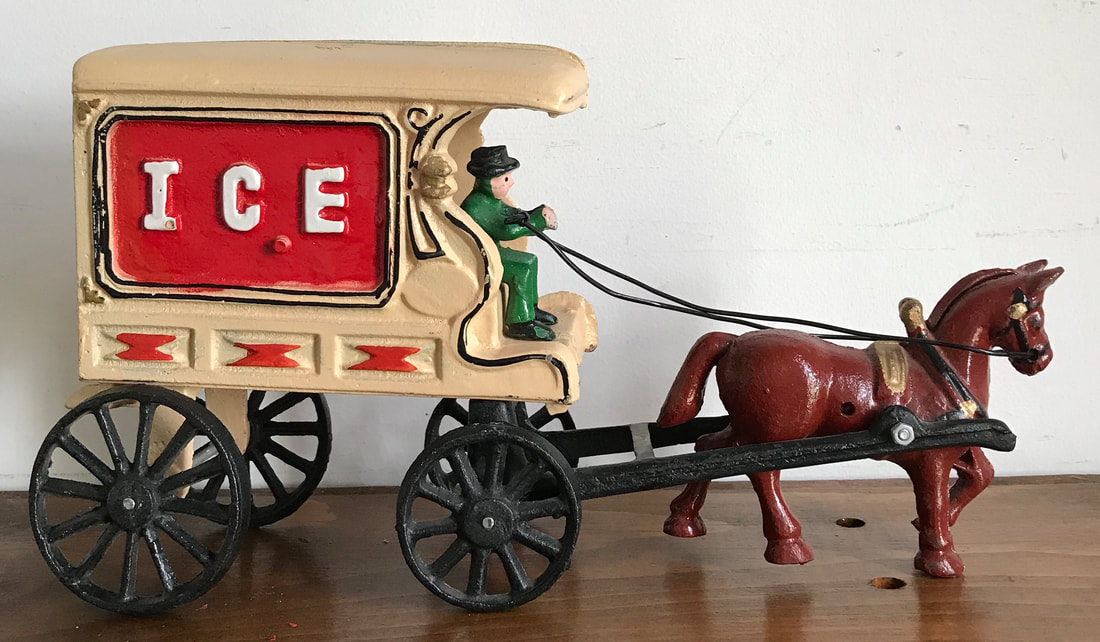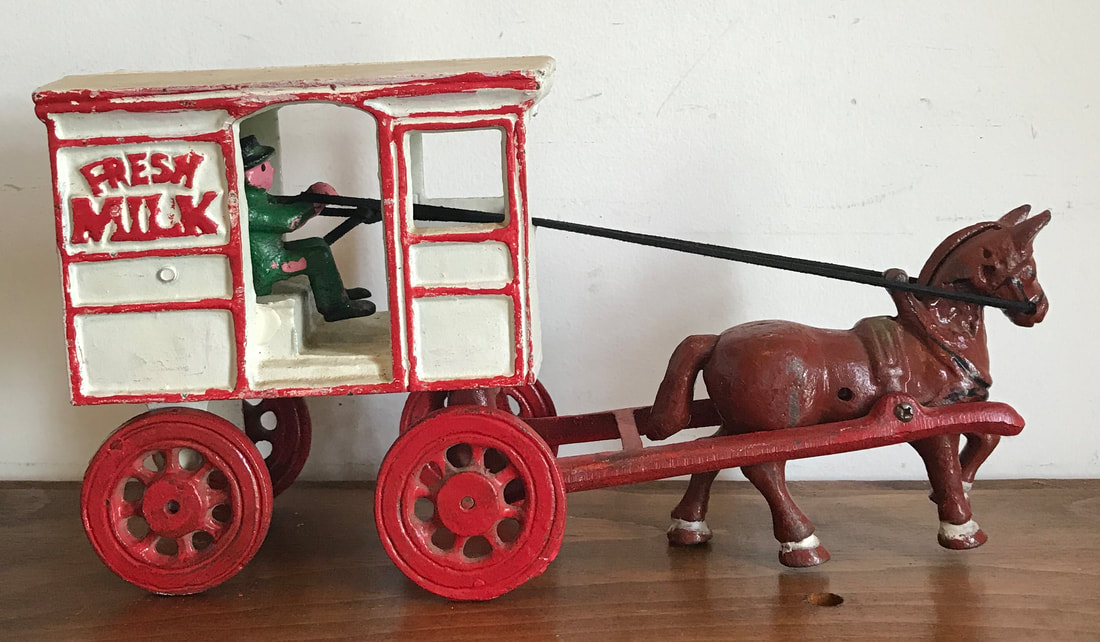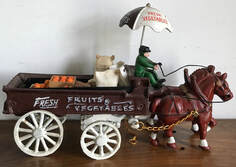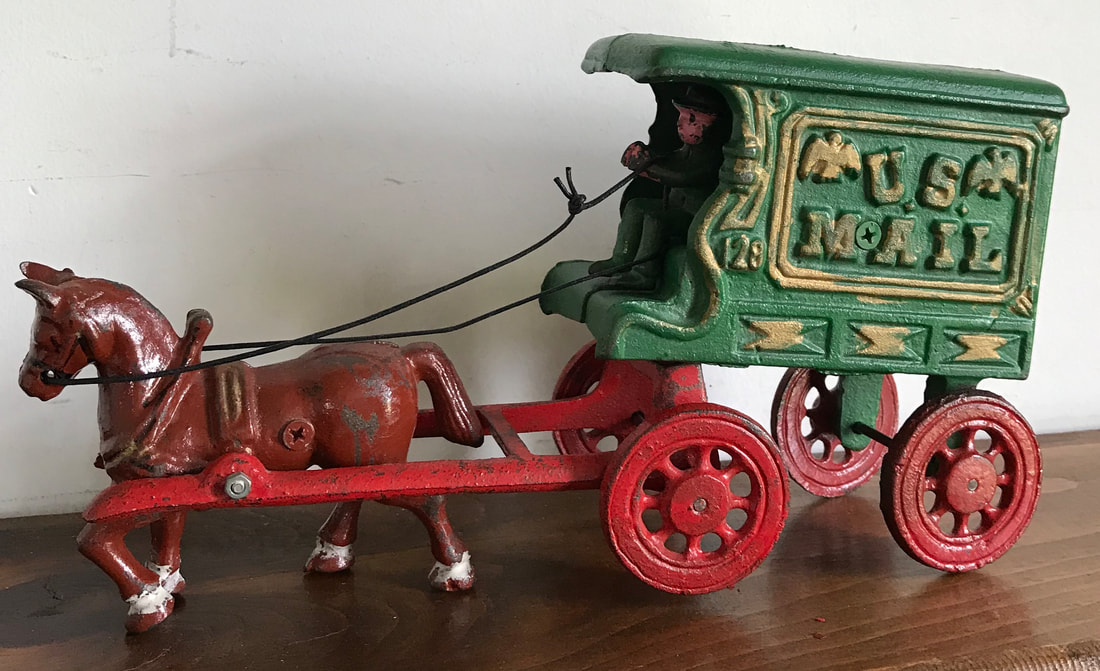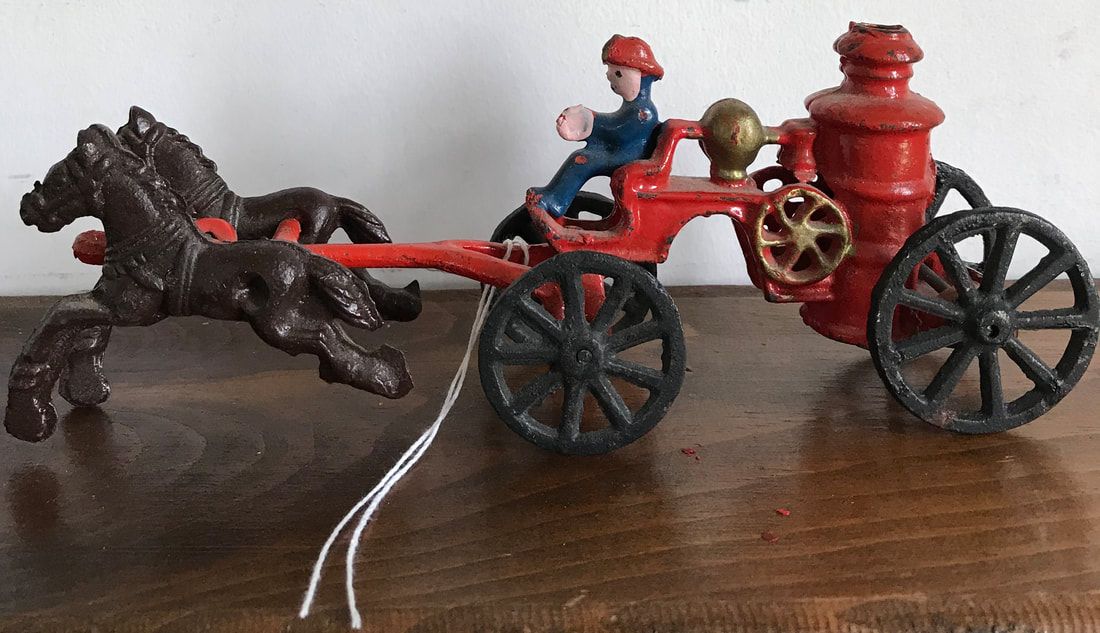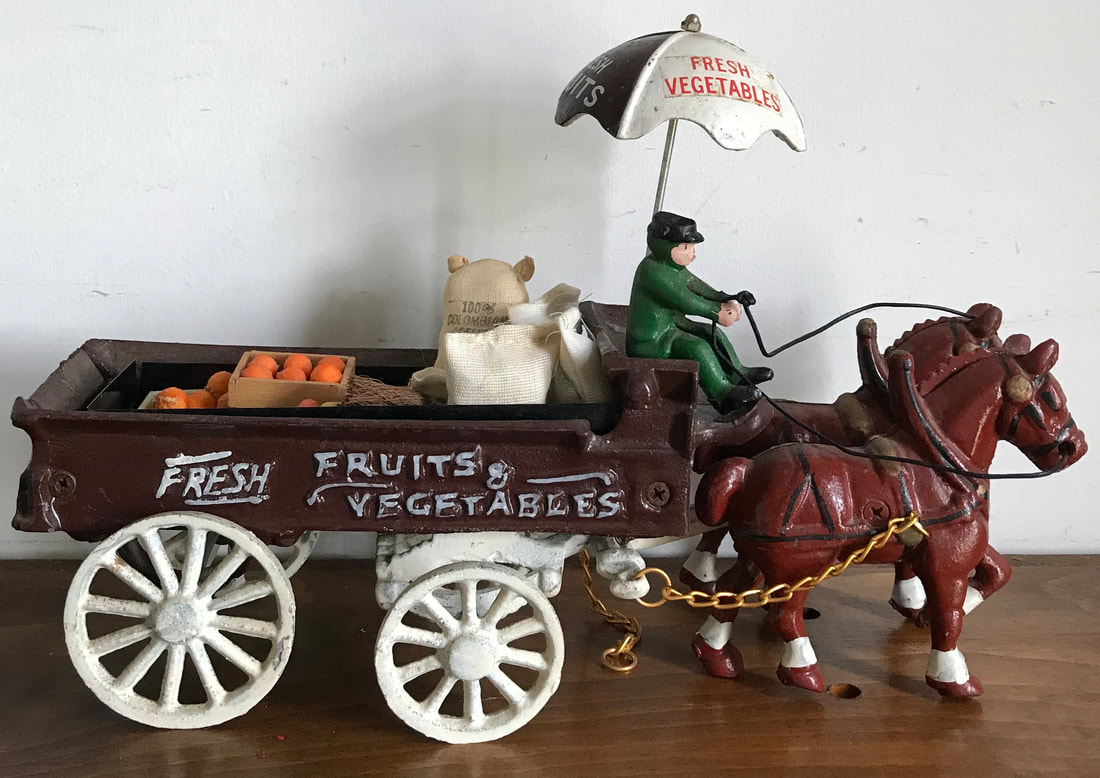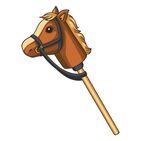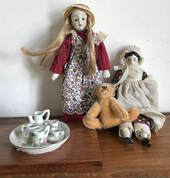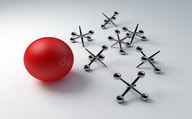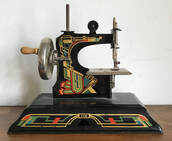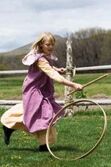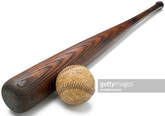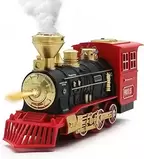Teacher's Guide
Welcome Prepare for Visit Daily Schedule Curriculum Skits & Stories Extra Activities State Standards
Toys Teach History
Toys Teach History could be considered a skit or a story lesson. This is an important part of the "A Day in the Life at Cornell School" visit for 1st graders. The students learn about toys from the past and also about items that were part of everyday life in the 1880's and beyond.
|
Have all students close their eyes and put their heads on the desks. Quietly pass out a toy to each student. If you have a toy that can be ridden, bring it to the front of the room. (Ask each child to name their toy).
Tricycle. Why is this called a tricycle? Name something else that starts with tri. (Triangle, tricertops) Scooter. This toy looks very much like scooters today. Do you see anything different? Ice Skate. this skate clamps onto your shoe. It expands for a larger shoe. |
|
If you have a toy that takes wrinkles out of clothes, bring it to the front of the room.
Iron. Explain how it was heated by placing it on the pot-bellied stove. This particular iron had a removable base. That way the mother could continue ironing with the second base which was already heated on the stove and leave the cold on to reheat. |
|
For the next toy, a man would shout "Ice for Sale! Come buy some ice!" Who has this toy? Why would you need to buy ice?
Ice Wagon. Explain that there were no refrigerators yet. Most homes had iceboxes. An icebox was similar to the lectern in the front of the room, however, it had a door that opened and shelves inside to hold food. There was a shelf for a large block of ice and a pan to catch the melting water. In a few days you would buy a new block of ice. |
|
Ask if there is any other wagon pulled by horses on someone's desk? Bring it to the front. What do you think this was used for?
Fire Wagon. Explain that when neighbors heard the fire bell they immediately ran to the house or barn that was burning, bringing their buckets with them. They would line up at the pump and fill their buckets with water. Then they would pass them along to the men with ladders and pass them up the ladder to the man at the top who would pour the water on the fire. Hopefully they would be able to stop the fire, but many homes and barns burned down because this was just not a very efficient way to put out the fire. |
|
|
Who has a very precious toy that she would have asked Santa to bring her for Christmas?
Porcelain Doll. Explain that this doll was precious because it had porcelain arms, legs and a head that made it very delicate. Many dolls were also made from cloth. Sometimes there would be a tea set with the doll. |
|
|
When there is only one item remaining on a student's desk, ask that student to bring their item to the front. Ask what they think it could do. After several guesses explain that its purpose was to clean rugs.
Rug Beater. Explain how furniture could be moved from the rug and then the rug would be pulled outside and hung over a clothes line or porch railing or fence. Then the rug could be hit with the rug beater until there were no more billows of dust coming from the rug. |




